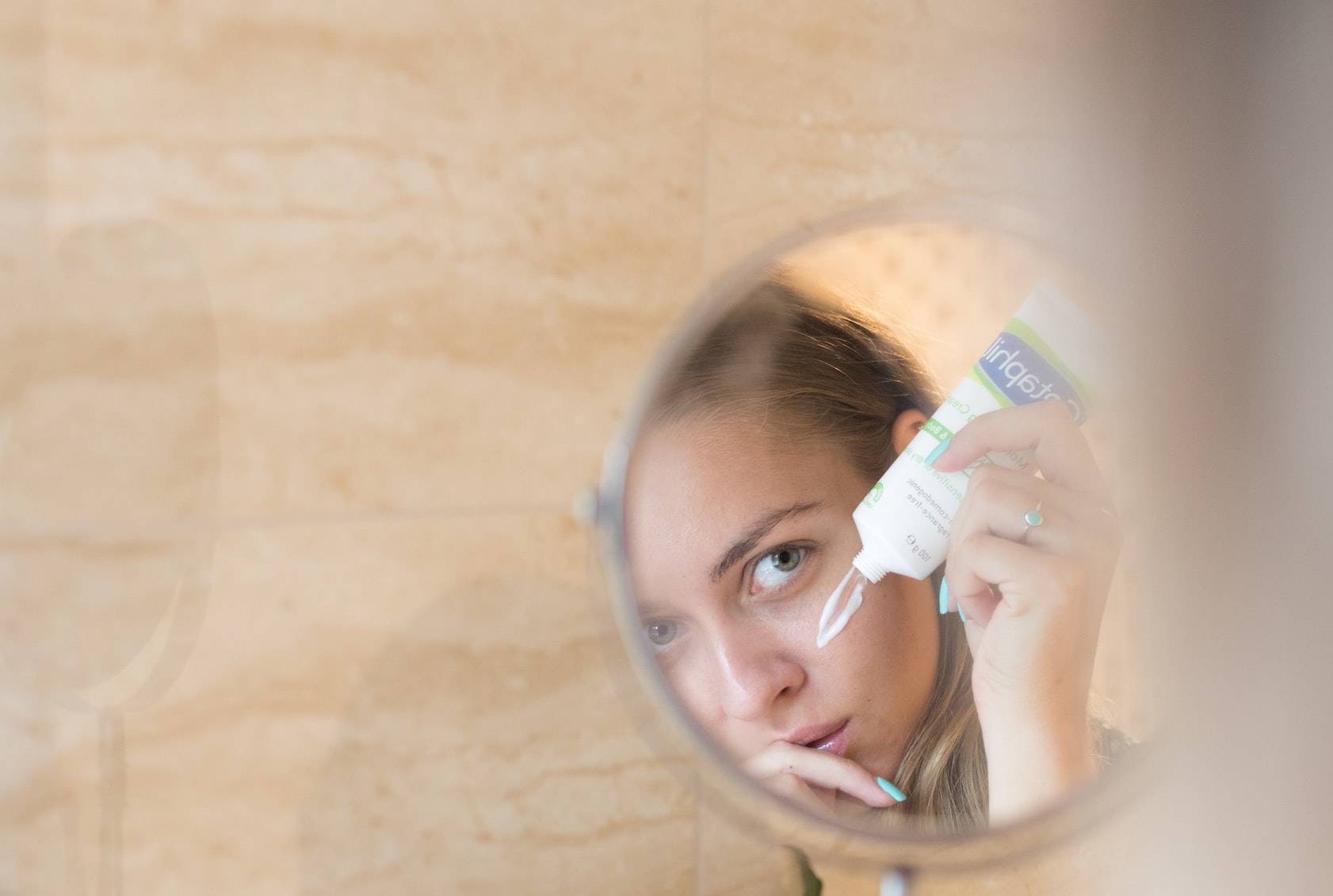Background
The addition of these substances to the GB MCL is supported by scientific and technical evaluations that identified their intrinsic hazards. While technical reports from the HSE highlighted these hazards, impact and policy assessments from the agency did not identify significant impacts.
These additions mark the second batch of substances added to the GB MCL post-Brexit, following the inclusion of 98 substances on October 20, 2023. The HSE notified the World Trade Organization (WTO) of its intention to add this second batch on August 24, 2023.
These additions were made after the Secretary of State accepted recommendations from the HSE, with the agreement of the Scottish and Welsh Ministers. The GB MCL list now comprises a total of 123 entries.
What’s new?
The list of substances added to the GB MCL include potassium chlorate, sodium chlorate, cinnamaldehyde, allyl methacrylate and others. The full list of the substances can be found here.
The following substances with an INCI name may be used as cosmetic ingredients but have a proposed Carcinogen, Mutagen, or toxic for Reprotoxic (CMR) classification, triggering Article 15 of the UK Cosmetics Regulation (UKCR):
- 2-ethylhexanoic acid and its salts: reprotoxic 1B
- 2-ethylhexanoic acid: already listed in Annex II of the UK Cosmetics Regulation (entry 1024) and banned from use in cosmetics.
- 2-ethylhexanoic acid nickel salt: already listed in Annex II of the UK Cosmetics Regulation (entry 1460) and banned from use in cosmetics.
- 2-ethylhexanoic acid zinc salt (INCI name zinc ethylhexanoate): not listed in the UK Cosmetics Regulation and may be used as a cosmetic ingredient. Expected to be banned for cosmetic use and added to Annex II of the UK Cosmetics Regulation.
- Dimethyltolylamine: carcinogenic 1B
- No entry in Annex II of the UK Cosmetics Regulation. Expected to be banned for use in cosmetics and added to Annex II of the UK Cosmetics Regulation.
What now?
These additions came into force on March 2, 2024 and summaries have been published in the GB CLP publication table. The compliance date for the 25 substances is September 2, 2025.
References
Health and Safety Executive (HSE) – HSE CLP ebulletin: GB MCL Decision and updated list





